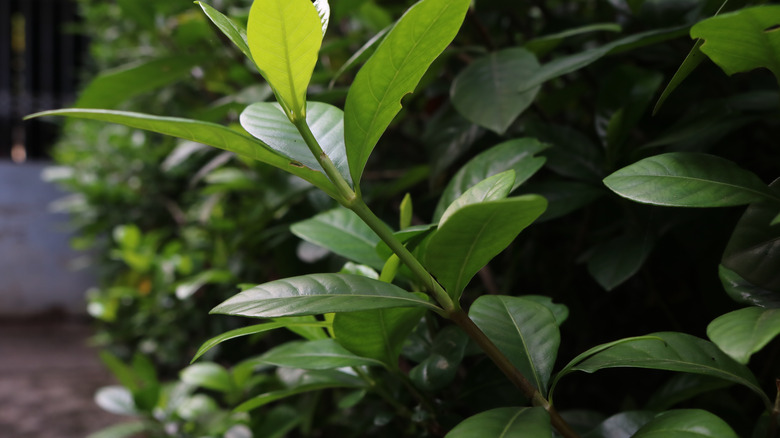When Will Your Jasmine Plant Flower?
The jasmine flower is a popular plant that is known for producing flowers that look just as good as they smell. This plant is a climber and grows fairly fast, making it great for the outdoors. Nonetheless, because it is easy to train and prune, it can be grown in containers indoors as well. The Jasmine genus has over 200 species of plants that bloom in different colors; however, the most common flower colors include white, cream, and yellow.
Scent aside, the other thing that makes this plant desirable to most gardeners is that it is easy to grow and care for. In fact, it can be a good plant for new plant parents to gain experience. The big question, however, is when will your jasmine flower? Although this plant is not very needy, it does take a while before you start enjoying the benefits. If you are interested in growing one, here is what to expect as far as flowering is concerned.
When exactly does Jasmine flower?
As mentioned, the Jasmine genus is made up of different species, each coming with distinct characteristics like the blooming season and duration. Despite the variety, the two popular jasmine plants include the common white jasmine (Jasminum officinale) and the star jasmine (Trachelospermum jasminoides). Whatever option you choose to cultivate, the good news is that both are easy to grow and will reward you with beautiful blooms when the time is right. The common jasmine is a larger variety that can grow quite tall if not pruned. This plant is native to Asia and thrives in USDA zones 7 to 10. This particular species often flowers from the beginning of summer all the way into fall.
Although not a member of the Jasmine genus, the star species is relatively small compared to the common jasmine variety but still flowers into sweet-scented blooms. If you intend to grow this variety, you should expect flowering from spring all the way to summer. This particular species does well in USDA zones 8 to 10.
Why your jasmine flower is not blooming
Usually, your jasmine flower should be ready to bloom once it reaches maturity. However, if for some reason yours is not blooming, then you need to review the conditions you are subjecting your plant to. To begin, it is necessary to point out that jasmine plants require the right conditions in order to flower. To encourage your plant to start producing flowers, it is essential that you provide it with conditions close to its natural habitat. One reason why your jasmine plant is not blooming might have something to do with sun exposure. As an evergreen shrub, the jasmine plant requires plenty of direct sunshine and at least six hours of exposure during the blooming seasons.
Another likely reason is failing to prune your plant. Although this plant naturally produces blooms without human help out in the wild, pruning it might encourage the production of flowers. Your plant might be expending a lot of energy on growth, and pruning might help redirect some of it into flower production.


